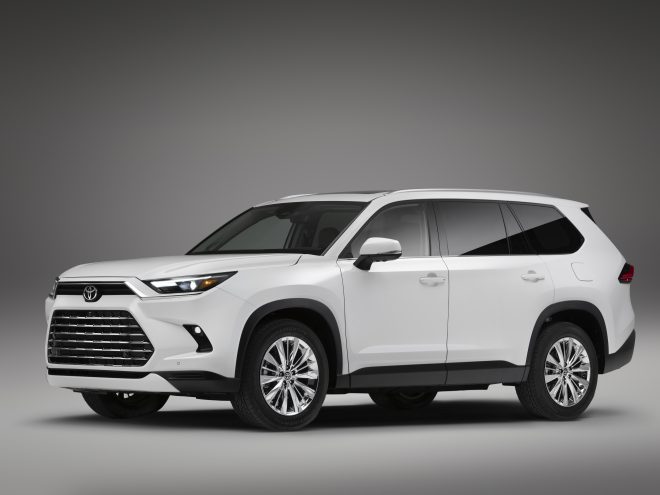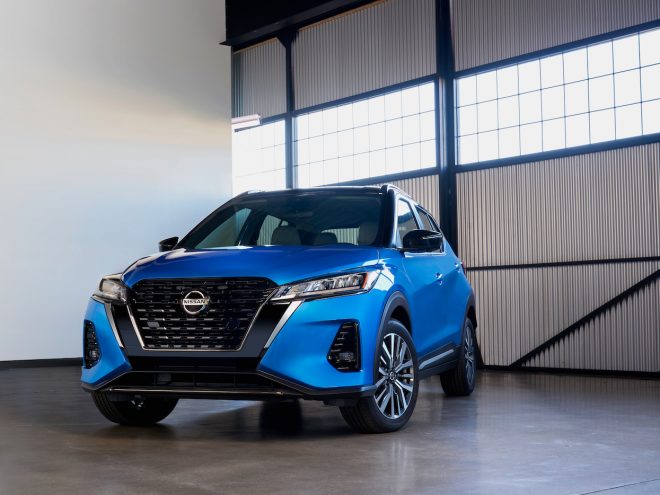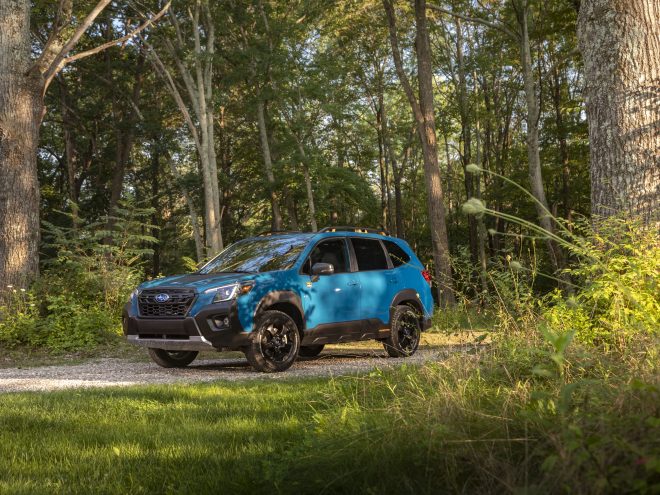
Winter Driving Tips for Pick-up Drivers
Winter driving can be a challenge for even the most experienced drivers. The icy roads, low visibility and unpredictable weather can make it difficult to navigate the roads safely. In snowy states like Idaho and Montana, there is an increase in accidents during the months of December and January.
As a pick-up driver, you are even more vulnerable to the dangers of winter driving and must take extra precautions to ensure your safety and that of other drivers.
By following a few simple safe winter driving tips, you can make sure that you, your passengers and your cargo arrive at your destination safely.
Understand Winter Weather Conditions
Understand the types of weather you may experience and how they will affect your driving in winter . It’s important to know how snow, sleet, hail, fog and freezing rain affect driving.
For example, snow and sleet can make road conditions slippery. Fog can reduce visibility, especially on overpasses and valleys, while freezing rain can make roads slippery and difficult to navigate.
You can prepare for various weather conditions. If snow is likely, install winter tires on your pick-up. Winter tires contain treads to prevent skidding on icy roads. They also retain heat better than non-winter tires.
If you know there is a chance of fog, use a fog light to increase visibility. You should also avoid driving on hills or in valleys when there is fog since these areas tend to stay foggy longer than other parts of the road.
Inspect Your Pick-Up Before Driving
Before you drive, it’s proper to inspect your pick-up for any safety issues that could affect your driving. Ensure your pick-up’s tires are properly inflated and have enough tread. If you are towing a trailer, ensure that the tires on the trailer are properly inflated and have enough tread.
Regularly inspect the condition of your pick-up’s lights, including headlights, fog lights, turn signals and brake lights, to ensure they are all in good condition.
It’s also essential to check the fluid levels of your truck’s fluids. If you regularly drive with a load, you should also ensure that your cargo is properly secured. This will ensure that your shipment doesn’t shift while you are driving, which could cause unsafe driving conditions.
Be Prepared for Emergencies
During the winter, it’s important to be prepared for any potential emergencies that may arise. You should have a winter safety kit in your pick-up truck with the items you may need during an emergency.
Make sure you have a fully stocked emergency kit in your pick-up. This kit should contain basic survival equipment for you and your passengers, including water, food, blankets, a flashlight, a first aid kit, warm clothing, gloves and a shovel.
If your pick-up is equipped with tire chains or snow tires, they should also be in your kit in inclement weather. Also, make sure to have a flashlight and weather radio on hand. If you have the space and think your vehicle can manage the weight, it could even be useful to put something like a defroster in there just in case – this is especially the case in countries like Finland, where the winter months are long and relentless, so a roudansulattaja would certainly come in handy for many.
Know When to Stay Off the Roads
It’s important to stay off the roads when they are icy. Avoid driving when there is ice on the road, as it can be very slippery. While driving on clear roads, you should have a habit of slowing down and checking your mirrors often. This will ensure that you are well-rested and ready to take evasive action if necessary.
Suppose you slip or slide on the road; use your emergency brake and slow down. Steer towards the edge of the road so that other cars cannot hit you. Once you have slowed down, carefully try to navigate to a safe location.
Drive Smoothly
It’s important to drive smoothly during the winter to avoid skids. Make sure to slow down when driving in icy or snowy conditions since these conditions are more likely to cause skids. Braking as smoothly as possible to avoid skids is important when driving on ice.
If your vehicle does skid, try to steer in the direction you want it to go. Try lightly tapping your brakes or using your emergency brake. Avoid slamming on the brakes since this will cause a skid. Suddenly stopping could cause your tires to skid and lock up, leading to a crash.
Using your cruise control on slippery roads is also important since it’s easier to maintain a consistent speed with cruise control.
Driving safely during the winter is always essential and should be practiced to ensure safety. It’s important to understand weather conditions and how they will affect you. Being prepared can help you avoid any winter accidents and help your pick-up arrive safely at your destination.









